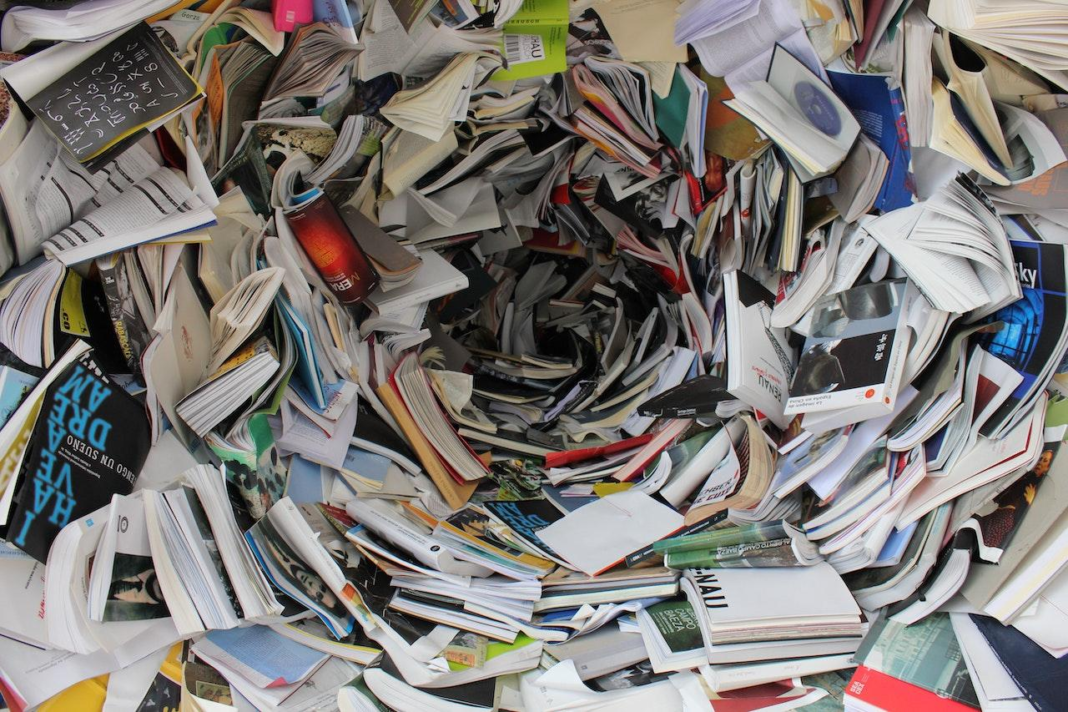Living with a hoarding disorder can be a significant challenge. It is a condition that can affect anyone, regardless of age, gender, or socio-economic status. The longer it persists, the harder it becomes to deal with the clutter and the more it can affect your daily life. However, it’s essential to know that dealing with hoarding disorder is possible.
By taking small steps, creating routines, and seeking help, you can manage your hoarding disorder successfully. In this article, we will discuss six simple steps to help you manage your hoarding disorder and take control of your life.
Recognize and acknowledge your hoarding problem
The first step in dealing with a hoarding problem is admitting that it exists. Hoarding is a disorder, and it’s okay to need help. Often, the fear of being judged or ridiculed by others can prevent people from seeking support.
But acknowledging that you have difficulty organizing, making decisions, and getting rid of possessions, is the first step towards recovery.
Invest in professional help
In some cases, hoarding disorder can cause significant problems in your everyday life, and you may need professional help. Consider hiring Hoarding Clean-up Services los angeles ca or a therapist specializing in hoarding disorder.
A professional can offer guidance on how to declutter and manage your possessions. They can also help in creating a cleaning plan and sticking to it. Professional help may be costly, but it’s worth investing in if it helps you manage your hoarding disorder in the long run.
Implement a regular clean-up schedule or routine
Establishing a cleaning routine can help keep clutter at bay and make it easier to manage. A cleaning schedule will also help you stay on track and provide a sense of control over your surroundings. Start by creating a checklist of tasks you need to complete each day or week.
This could be as simple as making your bed every morning or decluttering a drawer. If cleaning some places is difficult at the beginning you can consider hire services like janitorial services peoria az to have cleaning done for you. Slowly start adding more challenging tasks as you get more comfortable.
Develop an organizational strategy to help manage clutter
Once you recognize your hoarding disorder, it’s time to create a plan. Start by prioritizing the areas that require decluttering the most. Develop a system that allows you to organize your possessions systematically.
This can include creating designated spaces for items such as books, clothes, and kitchenware. You can also use storage containers to categorize belongings and avoid overcrowding. The key is to make decluttering a habit. You can start by setting small goals, like decluttering one area in your home every week.
Seek support from family, friends, and peers
Dealing with hoarding disorder can be isolating. That’s why it’s crucial to seek support from loved ones around you. Share your struggles with your family or friends and ask for their support. You can ask them to help you declutter or to accompany you to therapy sessions.
Consider joining a support group where you can connect with others who are going through similar challenges. Remember, you don’t have to go through this alone.
Learn new ways to cope with stress
Hoarding disorder often manifests as a coping mechanism for stress and anxiety. Therefore, learning new ways to manage stress can help your recovery journey. You can consider practicing mindfulness exercises, taking up yoga, or journaling.
These activities can help you manage your emotions and reduce anxiety levels. You can also seek professional help to learn new ways to manage stress better.

